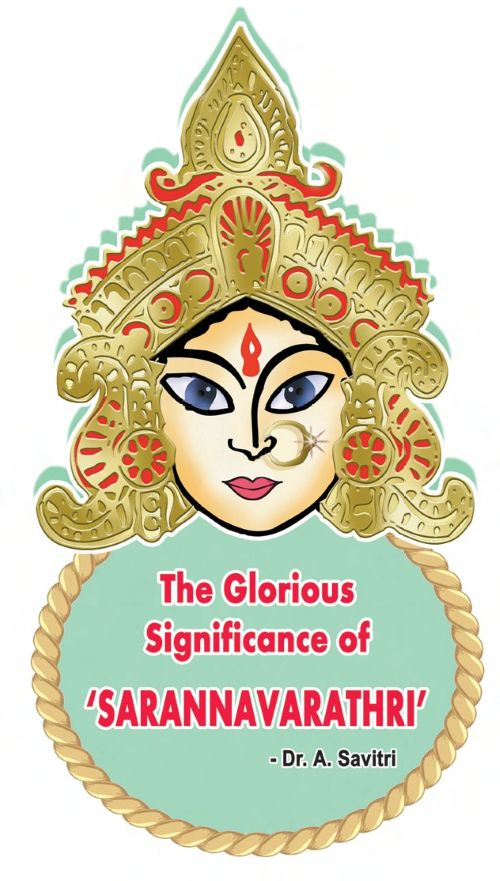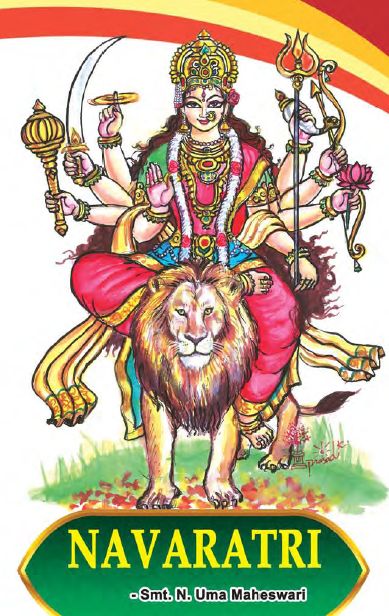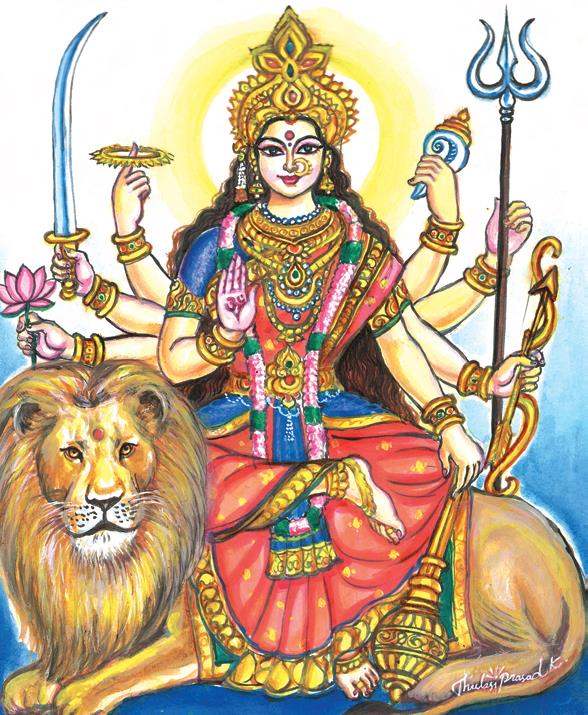Devi Sarannavarathrulu / Navaratri / Vijaya Dasami According to the Telugu calendar, the first nine days of ‘Aswyuja Masam Sarath Ruthuvu’ is called ‘Devi Sarannavarathrulu’. The tenth day of that month is called ‘Vijaya Dasami’. ‘Navaratri’ means ‘Nine nights’. Nights provide rest and rejuvenation. During the night time, people sleep and feel relaxed. When they Read More
Tag: Navaratri
Maha Navaratri (Sarada Navaratri) – 9 Nights
Sarada Navaratri – Maha Navaratri The festival Navaratri has a profound religious significance. It is believed that during these days, Goddess Durga specially descended on the earth to bless Her devotees to annihilate evil and establish ‘sanatana dharma’ firmly in the world. Goddess Durga is seen as a lion in a sitting posture. The lion Read More
Navaratri – 9 Nights of Bhakti
Navaratri – Vijayadasami The beginning of the Asviyuja month of the Indian lunar calendar (between September and October) marks the start of a long festival throughout the country. Popularly known as Navaratri, Dasara or Dussehra, this festival is celebrated for nine nights, hence the name Navaratri. ‘Nava’ in Sanskrit is nine and ‘ratri’ denotes night. Read More



